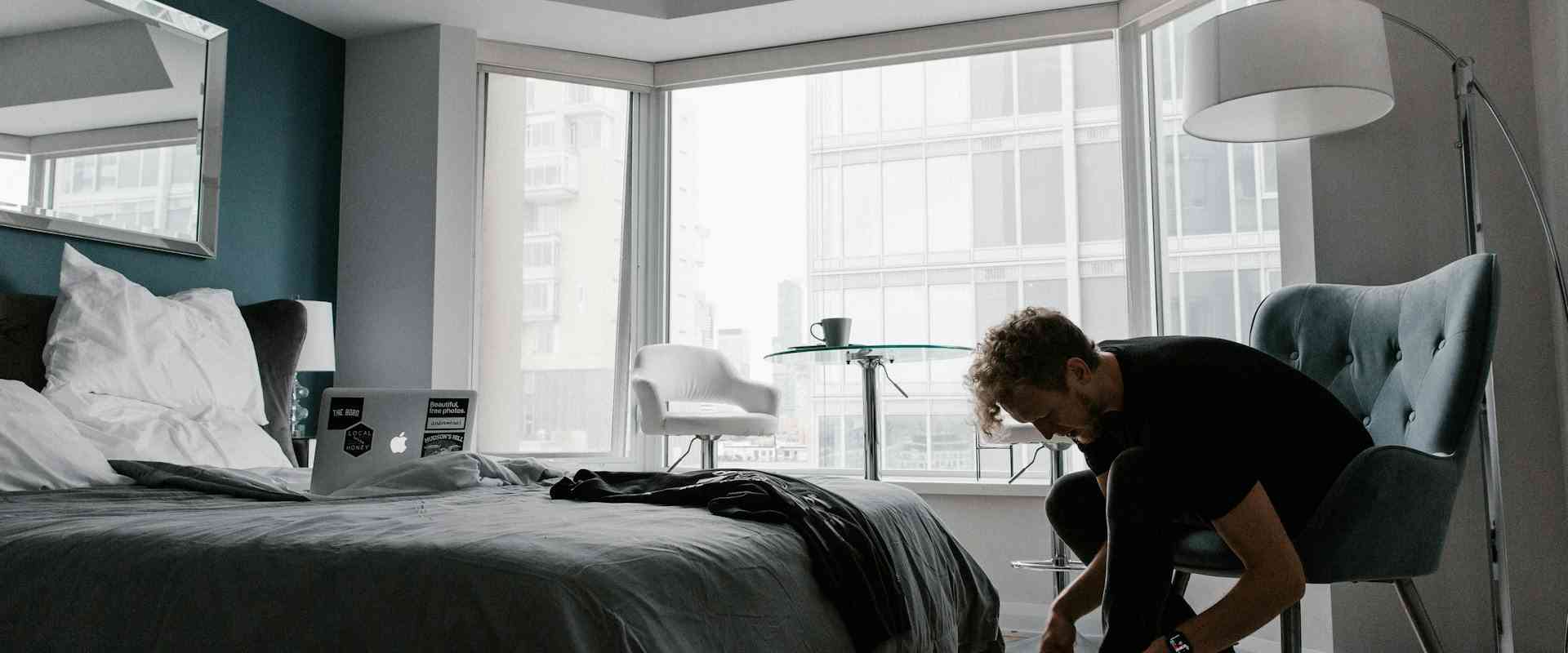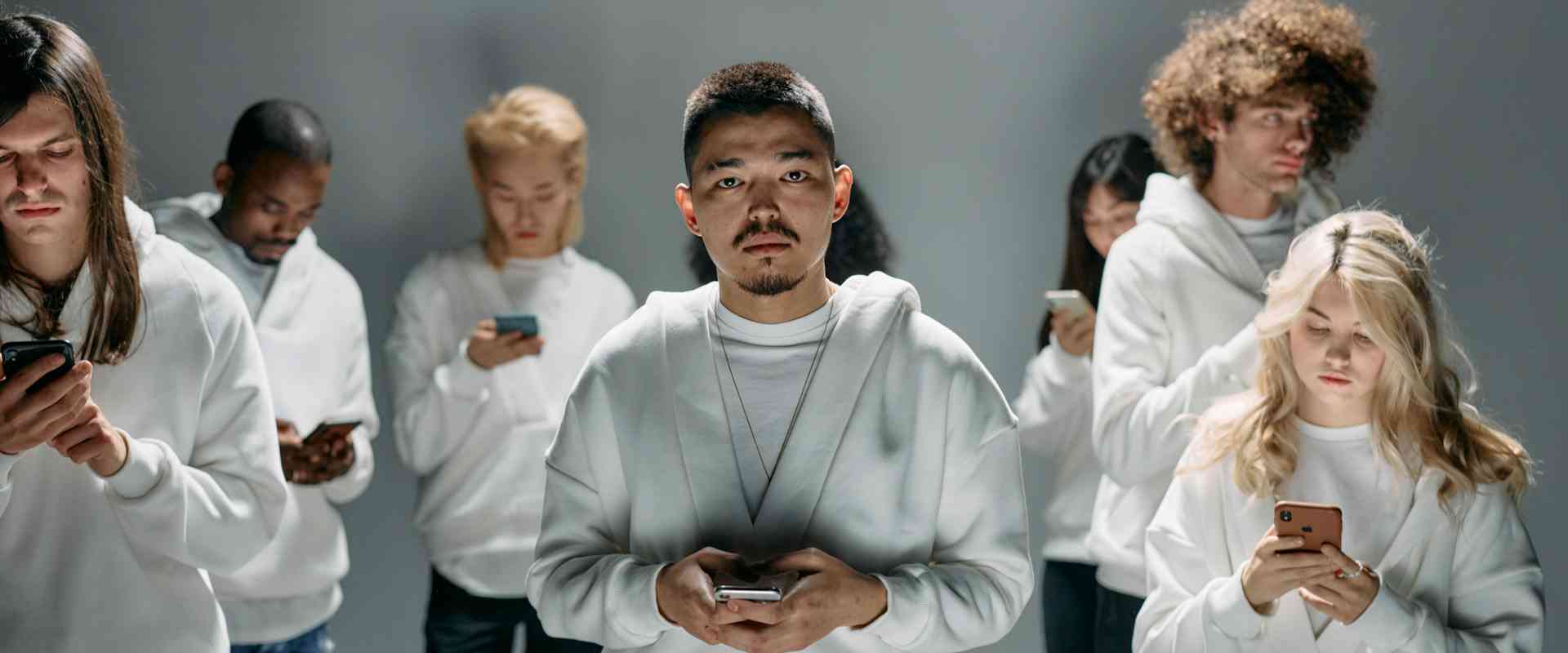Learn / Understanding the Roles of Victim, Rescuer, and Persecutor: A Guide to Empowerment
Understanding the Roles of Victim, Rescuer, and Persecutor: A Guide to Empowerment


January 30th, 2024| Clinically Reviewed by
Key Points
- Victim, rescuer, and persecutor roles fuel toxic relationship dynamics.
- These disempowering roles are unconscious, but keep us stuck in unhealthy patterns.
- Learn what these roles look like, and how you can break free from this cycle.
Have you ever felt stuck in a relationship where power plays seem endless? Maybe you blame others for your struggles, use tactics to avoid accepting blame, or swoop in to fix things only to end up feeling drained and resentful.
The Drama Triangle is a psychological and social model that describes 3 common roles people often unconsciously play in dysfunctional relationships. This victim-rescuer-persecutor cycle isn’t just relationship drama; it’s a deeply felt dynamic that’s woven into mental health struggles.
Recognizing these roles isn’t about pointing fingers; it’s about understanding the disempowering patterns that keep us spinning our gears. Breaking free from these scripts paves the way for personal growth, better boundaries, and stronger relationships.
These insights and strategies can help you shed these roles and step into your personal power.
The Victim Role
Within the victim-rescuer-persecutor dynamic, also known as the Drama Triangle,1 the victim perceives themselves as powerless. They believe external forces control their circumstances, leading to these behaviors:
- Externalizing blame: Attributing personal struggles to factors beyond their control, neglecting individual agency and responsibility
- Helplessness: Believing they’re unable to improve their situation, leading to despair and hopelessness
- Exaggerated vulnerability: Constantly seeking external support and validation, often presenting themselves as fragile and incapable
The victim mindset limits your ability to grow your own resilience and keeps you feeling stuck in life. It can also make you feel more isolated, anxious, and depressed.
The first step to breaking free of these limitations is to recognize the signs of victimhood:2
- A negative outlook; feeling like you were dealt a bad hand
- Asking “why me?”
- Ruminating on past hurts or injustices
- Feeling like nothing ever works out for you
- Having a low opinion of yourself; believing you don’t deserve good things
- Being jealous of others’ successes
- Minimizing your own strengths and achievements
- Giving up when you’re overwhelmed by challenges
“Setbacks and disappointments and hurts, they’re all part of the uncertainty of life. How you respond to these setbacks determines how satisfied you are or will be with your life. You can’t control your circumstances, but you can control your response to them.”
– Dr. Tracey Marks, Psychiatrist
The Rescuer Role
Driven by a need to “fix” others and alleviate suffering, the rescuer often doesn’t realize their behaviors are disempowering:
- Excessive responsibility: Taking on the burdens of others, often neglecting their own needs and well-being
- Compulsive helpfulness: Offering unsolicited advice and solutions, overlooking others’ agency and growth potential
- Enabling: Encouraging dependence by doing for others what they can do for themselves
While rescuers are well-intentioned, their role has significant pitfalls. By focusing solely on others, they neglect their own boundaries and needs, leading to resentment, burnout, and emotional exhaustion. Some describe this as an addiction to helping.3
Recognizing the need for healthy boundaries and self-care is crucial for rescuers to move from codependency to empowerment. This can look like:
- Setting clear limits on support and responsibility
- Encouraging others to find their own solutions and build agency
- Prioritizing your own mental health
Stepping back from the hero complex allows rescuers to offer genuine support that doesn’t encourage dependency.
Explore Depression Treatment Centers
The Persecutor Role
Persecutor behaviors are often more destructive and obvious:
- Manipulation and control: Using guilt, blame, or emotional leverage to maintain power and influence over others
- Minimizing and denial: Dismissing the needs and experiences of others, refusing to take responsibility for their actions
- Self-centeredness: Prioritizing their own needs and desires at the expense of others
The persecutor’s behavior damages relationships by eroding trust and fostering anxiety and fear. Their actions undermine personal growth and recovery, perpetuating unhealthy dynamics and cycles of dependence.
In more severe cases, persecutor behavior can become emotionally, psychologically, or physically abusive. If you feel unsafe in your relationship, contact the National Domestic Violence hotline to identify abuse, get help, and plan for safety.
Persecutor behaviors usually stem from deeply held insecurities and learned patterns of manipulation that have roots in childhood trauma. It’s well known that, usually, abusers were once victims themselves.4 Just like victims and rescuers, their patterns are the result of unhealed wounds.
It’s important to remember that while this may explain why someone behaves the way they do, abuse is never okay. If you feel unsafe in your relationship, seek the support you need to leave the situation and heal.
The Dynamics of the Triangle
The victim-rescuer-persecutor model isn’t about who’s better or worse. It’s a framework for understanding the power dynamics that can play out in unhealthy relationships, including those impacted by addiction and mental health struggles.
These roles aren’t static. Most people move between them, but have one role they gravitate toward the most.
Ultimately, the goal is to step off of this triangle completely.5 Empowering yourself starts with owning your feelings and actions.
Empowerment Strategies
Unlearning disempowerment takes a proactive approach. Here are some key strategies to cultivate your personal power:
1. Develop Self-Awareness
These roles are often automatic, so challenge your assumptions. Observe your thoughts, feelings, and reactions. Are you slipping into victim, rescuer, or persecutor mode? Recognizing this is the first step toward change.
2. Learn How to Set Boundaries
Healthy boundaries are the shield that protects your well-being. Learn to say “no” and limit your engagement in toxic dynamics. Clearly communicating your needs, and meeting them yourself, makes it less likely that you’ll become resentful or passive-aggressive. Remember: setting boundaries isn’t selfish, it’s self-protective.
3. Cultivate a Growth Mindest
Instead of seeing yourself as a victim of your circumstances, you can view challenges as opportunities to learn, grow, and get stronger. You have agency in shaping your journey, and you have the ability to improve your life skills, confidence, and independence.
These strategies aren’t quick fixes, but a continuous practice. As you show up for yourself consistently, you’ll gradually rewrite your own script. Eventually, you’ll find yourself less likely to get caught in toxic patterns and better prepared to handle relationships with integrity and self-respect.
Clearing Misconceptions
This dynamic is often shrouded in misunderstanding. Let’s shed light on some common myths:
Myth: Roles are fixed.
Reality: People may move between roles depending on the context and their emotional state. A rescuer, burnt out from constant fixing, might shift to the victim stance. Similarly, a persecutor may wear a rescuer mask in other contexts.
Myth: Blame the persecutor.
Reality: Solely blaming the persecutor solely doesn’t address the complex interplay of roles and their impact on each person. Instead, focus on understanding the motivations behind your behaviors to break free from the cycle.
Myth: Change is impossible.
Reality: With dedicated effort and consistent self-awareness, changing patterns is absolutely possible. By cultivating a growth mindset, setting healthy boundaries, and communicating effectively, you can choose more empowered relationships.
The journey out of disempowerment is about reclaiming your voice and taking charge of your own path. It’s not about assigning blame or achieving perfection, but about fostering healthy dynamics that are in the best interest of all.
Healing and Transformation
Healing from the victim-rescuer-persecutor cycle is a vulnerable and deeply personal journey. Showing up authentically and being honest about what you’re working on can help you have more authentic relationships.
Because these roles are so unconscious and ingrained, breaking the cycle takes effort and time. That’s where professional support can be hugely helpful. A qualified therapist can help you untangle these dynamics, identify their root causes, and implement strategies for change.
Search our collection of mental health treatment centers to find a program that meets your needs, and reach out to an admissions counselor today.
-
Lac, Andrew, and Candice D. Donaldson. “Development and Validation of the Drama Triangle Scale: Are You a Victim, Rescuer, or Persecutor?” Journal of Interpersonal Violence, vol. 37, no. 7–8, Apr. 2022, pp. NP4057–81. DOI.org (Crossref), https://doi.org/10.1177/0886260520957696.
-
Lynne Forrest. “Signs of Victimhood: How To Recognize When We Are On The Victim Triangle.” https://www.violenceanonymous.org/Images/Signs_of_Victimhood_Guide.pdf
-
Knowledge, INSEAD. “Mentor Or Martyr? Beware The Rescuer Trap!” Forbes, https://www.forbes.com/sites/insead/2013/10/16/mentor-or-martyr-beware-the-rescuer-trap/. Accessed 14 Jan. 2024.
-
Firoozabadi, Ali. “The Past Victim, the Future Abuser.” Archives of Iranian Medicine, vol. 23, no. 4Suppl1, Apr. 2020, pp. S6–8. journalaim.com, https://doi.org/10.34172/aim.2020.s2.
-
Pryce, Amaya. “How to Step Out of the Drama Triangle and Find Real Peace.” Tiny Buddha, 13 Sept. 2019, https://tinybuddha.com/blog/how-to-step-out-of-the-drama-triangle-and-find-real-peace/.
Return to Resource Library
Our Promise
How Is RehabPath Different?
We believe everyone deserves access to accurate, unbiased information about mental health and addiction. That’s why we have a comprehensive set of treatment providers and don't charge for inclusion. Any center that meets our criteria can list for free. We do not and have never accepted fees for referring someone to a particular center. Providers who advertise with us must be verified by our Research Team and we clearly mark their status as advertisers.


















